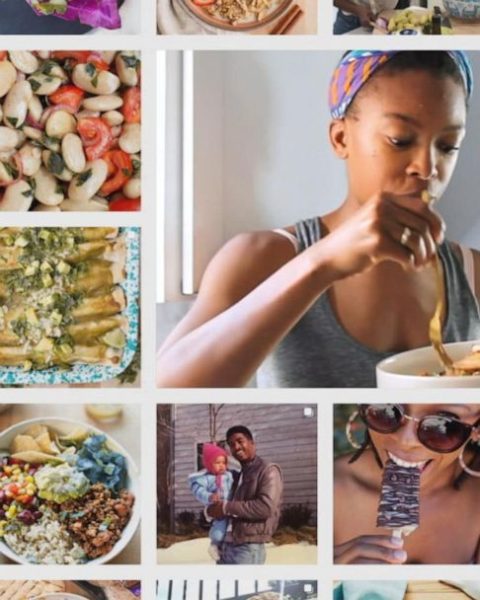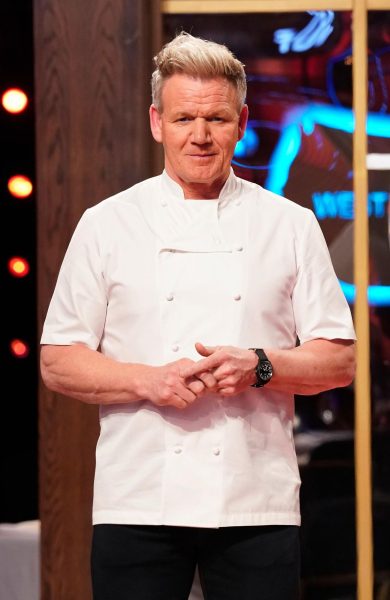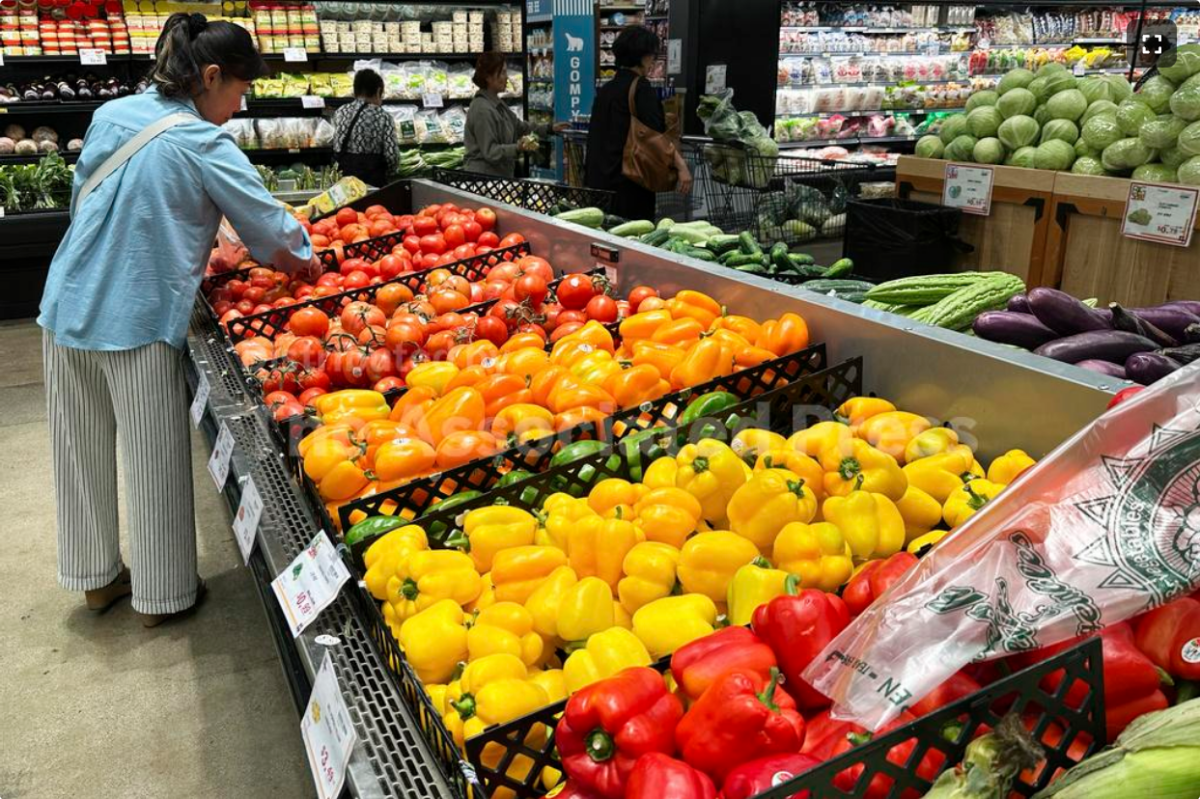In today’s global village, fast-paced social media platforms are taking the world on an adventure of distinct engagement Among many are Tok and Instagram which have significantly stood out with their own feature and created instant stars that appeal to all generations most especially to the direct users of the content.
Viral food trends have become a snag in these platforms as food creators have become emerging chefs in their unique ability despite knowing that they don’t have the pedigree to scale up to other professionals who have certifications in this business. Interestingly food videos have become viral trends in social media platforms with the short bite-styled cooking videos usually appealing to food content while reshaping the food industry and home cooking a delight to try as a Genz. With the strong power of hashtags like #instafood or #foodtok created by these influencers, they can spark global conversations, inspiring home-cooked flavors and techniques, and even create food wars between countries for example which country makes the best Jollof Nigeria or Ghana #jollof wars.
The Influence of Short-Form Food Content on platforms like Instagram and TikTok strives for short-form, engaging content that keeps viewers hooked. The time for engagement is usually 60 seconds or less for cooking tutorials to become popular because the food creators have incorporated the habit of simplicity and easy-to-follow instructions to get ready. These videos often feature quick fixes, creative twists on traditional dishes, or food challenges, making them highly shareable and engaging. Most importantly, the food creators are making cooking look fun in real life.
Have you ever tried looking for a recipe on food trends on social media and just typing the word without the hashtag? For example: **Baked Feta Pasta**: This simple dish became a global sensation, with millions of people replicating it. It was so viral that stores ran out of feta cheese. It would definitely give you the definition of different varieties of how to make this pasta. All these are based on the viral hashtags that have been created by people who have experimented, recorded, and given honest opinions of their recipes they have seen food content creators make it an exciting feel.
Excitingly modern restaurants are now tapping into these viral trends to attract younger, social-media-savvy customers into their spaces. Chefs and restaurateurs monitor food hashtags like #FoodTok and #InstagoodFood to see what’s trending and find creative ways to incorporate viral dishes into their menus. They even went further to add on to encourage customers to take photos of their meals to continue the trend on social media. In order to generate free marketing. Making food fun and exciting
One example is how eateries quickly adopted **Birria Tacos**, a trend that exploded on TikTok. The appeal of these cheesy, flavorful, and crispy tacos quickly spread across social media, leading restaurants worldwide to add their versions of Birria Tacos to their offerings.
Similarly, food challenges like the **Spicy Ramen Challenge** or the **100-Layer Lasagna Challenge** not only gain massive views online but also bring curious foodies into restaurants to try them in person. This blending of the virtual and physical dining experiences has been a game-changer for the industry.
One of the most significant impacts of short-form cooking videos is the democratization of food culture. Previously, gourmet cooking or restaurant-worthy dishes might have been considered out of reach for the average person. However, with easy-to-follow tutorials and accessible ingredients, social media platforms have made cooking both fun and achievable. Everyone from home cooks to culinary experts can share their creations, providing inspiration for millions of viewers.
Instagram and TikTok food trends are not just about creating viral content; they are transforming the way we perceive and experience food. These platforms are driving culinary innovation by making cooking more interactive, visually appealing, and accessible to everyone. As food creators continue to push boundaries with their recipes and content, restaurants and home cooks will likely remain deeply influenced by what’s trending on their social feeds.



Photo credit: google





























